Who Should Attend?
If you think EMC compliance is challenging or expensive, EMI/EMC seminars are a good choice for your business. Seminars help a variety of individuals involved in the product design and development process.
These seminars are intended for design engineers and technical project managers involved in regulatory compliance of digital and RF equipment. Design fundamentals related to EMI/EMC and digital circuit designs will be explained thoroughly.
Here are a few groups that may benefit from the seminar:
Any business that creates electronic devices may benefit from such a seminar. A wide range of businesses produce electronics and need to know about EMC design, including those in the medical, automotive and consumer electronics industries.
Why Is EMI/EMC Training Important?
Companies that produce modern electronic devices must submit products to EMI or EMC testing to ensure they conform with specific national requirements. People designing electronic devices can use EMI/EMC training to create more compatible designs early on — without many rounds of costly and time-consuming redesigns.
Electromagnetic compatibility (EMC) is an ability of a device to work in environments with other electronic devices without causing issues. Electromagnetic interference (EMI) is a disturbance that affects device performance. Other devices are the most common cause of interference, but interference can also come from solar radiation and electric storms. Device designers should focus on EMC designs that eliminate EMI
There are many benefits of learning more about EMC and EMI, such as understanding regulatory requirements to ensure devices meet requirements before testing and getting products to market faster.
What's involved in EMI/EMC training seminars?
EMI/EMC workshops involve instruction and various demonstrations to teach people who produce electronic devices about the fundamentals of EMI/EMC design. Compatible Electronics uses experienced professionals with an in-depth knowledge of relevant product design topics.
Seminars from Compatible Electronics cover a range of expertise, from beginner-level classes to more specified programs. Here are our four main topic offerings:
EMC Design Part 1: Courses in this category cover the basics of EMC design, including what it is and common causes of interference. Courses also cover the basics of grounding techniques, noise emission evaluation and shielding and filtering.
EMC Design Part 2: This section follows up on the lessons of Part 1, offering more specific information on specialized topics.
Regulatory: Courses in this category cover the regulatory requirements that devices must meet to sell in regions like North America and the European Union.
Product Safety: In this category, you can learn basic safety principles, how to design and test products and ways to conform to specific safety laws.
Contact us about EMI/EMC Training Courses
EMI/EMC training will help your business attain better efficiency from the outset of the design phase. Training allows your engineers and technicians to create electronic devices that operate well and meet the compliance requirements of the European Union and North America.
If you're interested in decreasing the time it takes to bring your products to market through EMI/EMC training,contact us to learn more about our training courses and other ways we help you meet compliance needs.
“CETCB personal cannot offer consulting and/or design services while at the same time provides TCB services. If clients want to obtain these services Compatible Electronics, Inc. can submit your project to a third party TCB”



